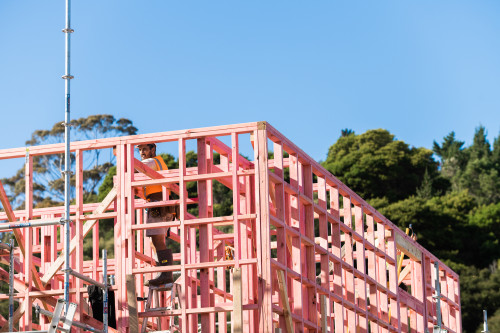
Quarterly Economic Monitor December 2023
In the last three months of 2023, the Tairāwhiti economy saw little change from the previous two quarters. The subdued economy reflects the lingering impacts of Cyclone Gabrielle, household spending…
Infometrics' online regional economic profile allows you to compare the economic structure and performance of Tairāwhiti with other regional economies and the national average. This profile provides comprehensive and dynamic economic data that covers a range of factors, including GDP, employment, productivity, population, and tourism.

In the last three months of 2023, the Tairāwhiti economy saw little change from the previous two quarters. The subdued economy reflects the lingering impacts of Cyclone Gabrielle, household spending…
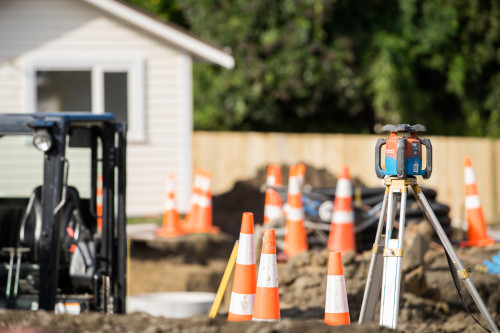
Economic activity in Tairāwhiti has shown signs of decline over the year and is tracking below the national average for several indicators, according to the latest Infometrics Quarterly Economic…

The Tairāwhiti economy remains subdued following the impacts of Cyclone Gabrielle, high interest rates and the cost of living, according to recent economic data. Infometrics’ Quarterly Economic…
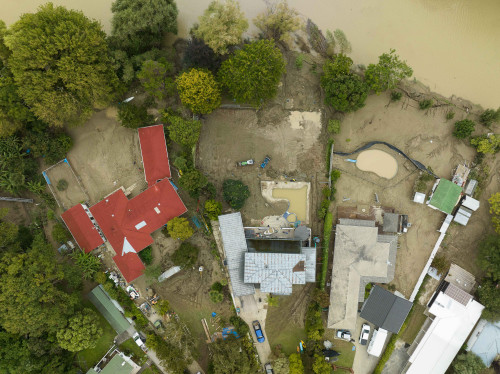
Cyclone Gabrielle heavily disrupted the Tairāwhiti economy over the first quarter of 2023 and while this hampered usual economic activity levels, various indicators highlight the remarkable momentum…
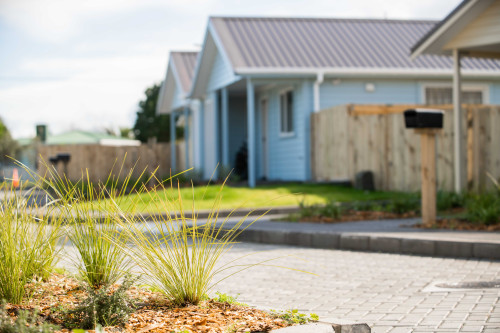
The Tairawhiti economy remains constrained, with more challenging conditions limiting economic activity.
Infometrics provisional estimates show a 1.4%pa fall in economic activity for the September…
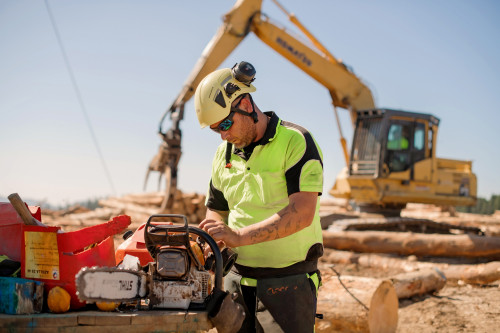
Tairāwhiti’s economic growth has outpaced the national average this quarter, with Infometrics provisionally estimating 3.4%pa GDP growth in the March 2022 quarter, compared to 2.0% nationally.

The Tairāwhiti economy saw a robust bounce back in economic activity at the end of 2021.
Provisional estimates from Infometrics point to a 7.1%pa rise in economic activity in the December 2021…

Impacts of the Delta outbreak are being felt in Tairāwhiti, with Infometrics data showing economic activity in the September quarter fell by 3.3 per cent.
The latest Infometrics quarterly economic…

Tairāwhiti’s economy took a breath in the March 2021 quarter, following its impressive recovery over the preceding two quarters. According to provisional estimates from Infometrics, the area’s…